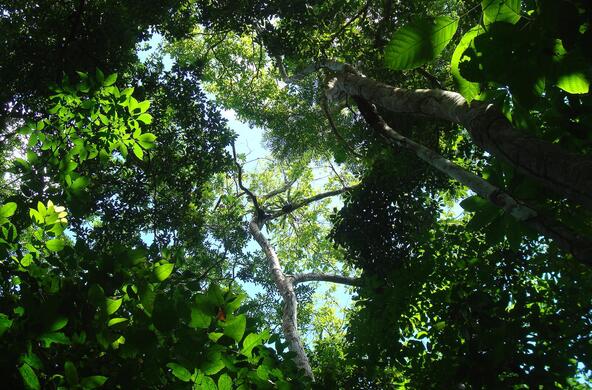Coastlines make up less than ten percent of the land in the continental U.S., yet they house nearly forty percent of our population. By 2020, they are expected to add another 10 million residents. At the same time, shoreline erosion and wetland loss have left coastal cities vulnerable to flooding, sea level rise, and extreme weather, while sewage overflows and polluted runoff compromise fisheries and leave waters unsanitary.
Cary Institute scientists have been exploring the ecology of coastal cities since 1997, when Dr. Steward Pickett established the Baltimore Ecosystem Study. The project is part of the National Science Foundation’s Long Term Ecological Research Network. Dr. Peter Groffman, a principal investigator, has played a key role in revealing how urbanization impacts freshwater, with a focus on nitrogen pollution flowing into the Chesapeake Bay.
“How do we increase the ecological resiliency of our coastal cities – for both the health of our estuaries, and the well-being of the 123 million Americans that call them home? This is one of the overarching questions we are researching with social scientists, economists, engineers, and planners,” Groffman commented.
In the 1920s, chemists discovered how to make reactive nitrogen. The nutrient, which boosts plant growth, was limited in most soils. Synthetic nitrogen has greatly increased crop production, but it has also led to nitrogen pollution. Today, we have nearly doubled the natural supply of reactive nitrogen, causing a variety of ecological problems.
Groffman explains, “In our quest to grow food and lawns, we’ve spread reactive nitrogen all over the environment. It’s also in our waste. When reactive nitrogen enters waterways, it has damaging effects. The Chesapeake Bay receives nitrogen pollution from farm runoff, rainfall, sewage treatment plants, and decaying sewer systems in coastal cities like Baltimore.”
Fish kills were discovered in the Chesapeake Bay in the 1970s. Excess nitrogen and phosphorus fueled massive algal blooms that smothered aquatic animals and reduced native eel grass beds. Modest improvements have been made, but blue crab fisheries have not recovered and the Bay remains on the Environmental Protection Agency’s (EPA) ‘dirty waters’ list.
With partners at the EPA, the U.S. Geological Survey, the Universities of Maryland and North Carolina, and the Baltimore County Department of Environmental Protection, Groffman and Cary Institute scientists Drs. Shannon LaDeau and Emma Rosi-Marshall are investigating how environmental restoration can remediate aging sewer infrastructure. The goal: informing management solutions that protect the Chesapeake Bay and improve the quality of urban life.
A new $500,000 grant from the National Science Foundation will allow Cary Institute scientists to quantify how urban stream restoration and green spaces mitigate nitrogen pollution. Baltimore residents and social justice organizations will be engaged in greening initiatives.
Groffman concludes, “In the U.S. alone, more than half of our estuaries are impaired due to nitrogen pollution. We are confident that the lessons we are learning in Baltimore will be relevant to coastal cities broadly.”





